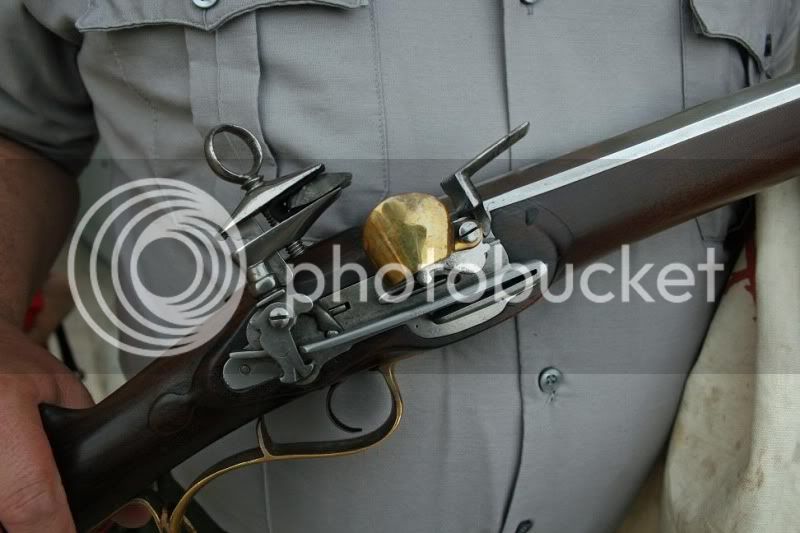Brasilikilt
45 Cal.
- Joined
- Dec 13, 2005
- Messages
- 560
- Reaction score
- 1
Hello everyone!
I was wondering if anyone knew a source of online, or printed information regarding the manufacture of gun locks in a blacksmith forge.
Internet searches on this site, and others has produced little info of value.
Even though it's not of my particular interest time-wise, I figured I would try to first forge, grind, file, drill and tap to produce the bits for a basic matchlock.
I would eventually like to put a Spanish Miquelet lock together, but realize that this may be slightly beyond my abilities right now.
Will basic mild steel work for this?
Anyways...I'm hoping this turns into an interesting thread.
thanks!
I was wondering if anyone knew a source of online, or printed information regarding the manufacture of gun locks in a blacksmith forge.
Internet searches on this site, and others has produced little info of value.
Even though it's not of my particular interest time-wise, I figured I would try to first forge, grind, file, drill and tap to produce the bits for a basic matchlock.
I would eventually like to put a Spanish Miquelet lock together, but realize that this may be slightly beyond my abilities right now.
Will basic mild steel work for this?
Anyways...I'm hoping this turns into an interesting thread.
thanks!






